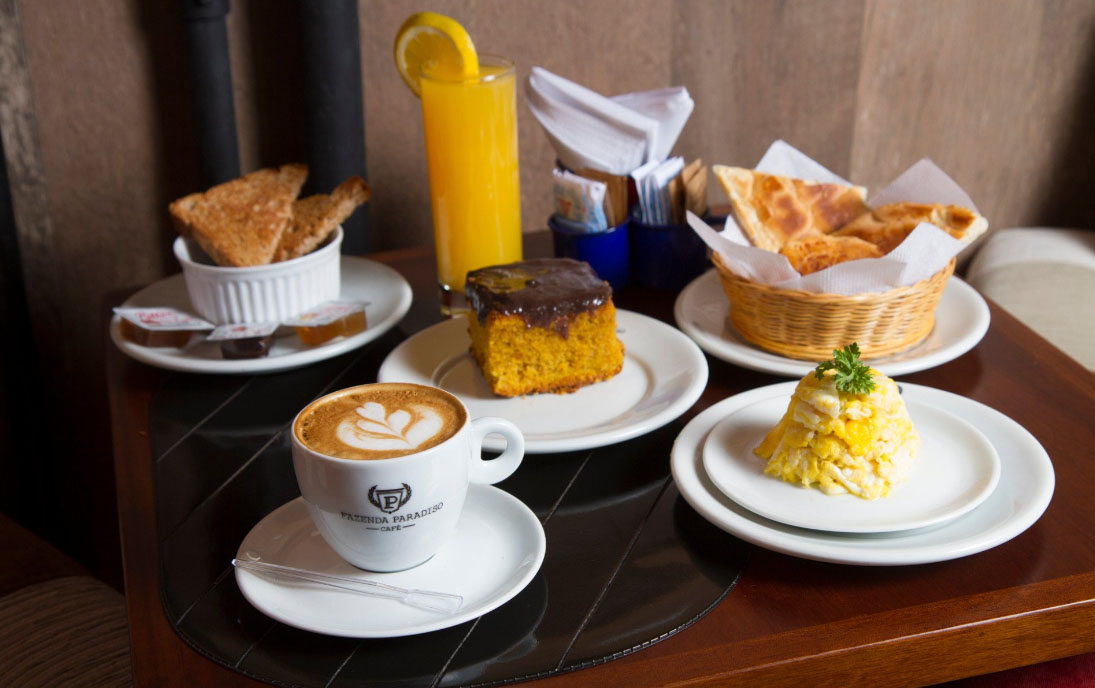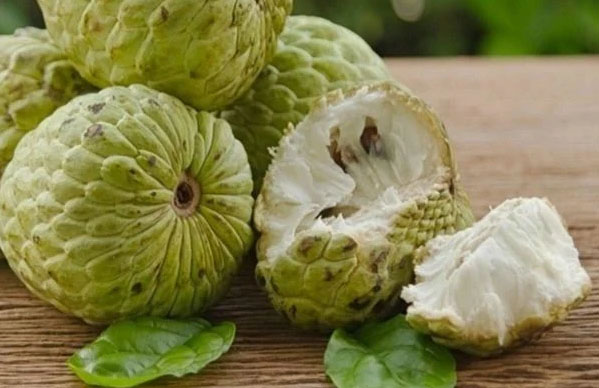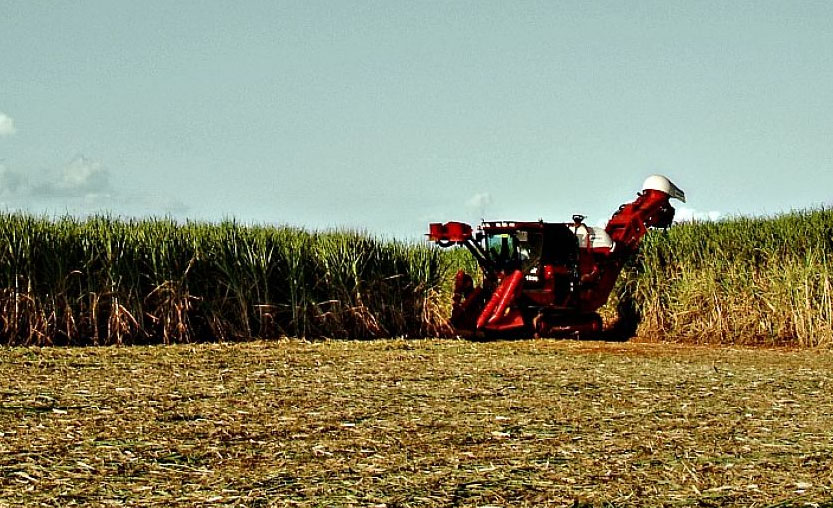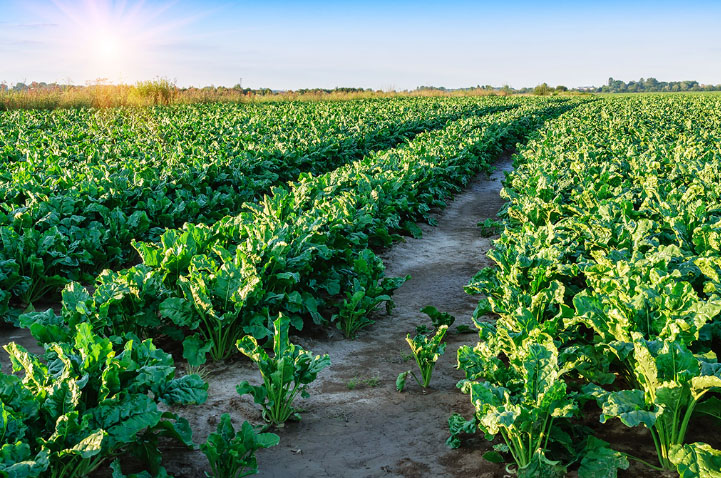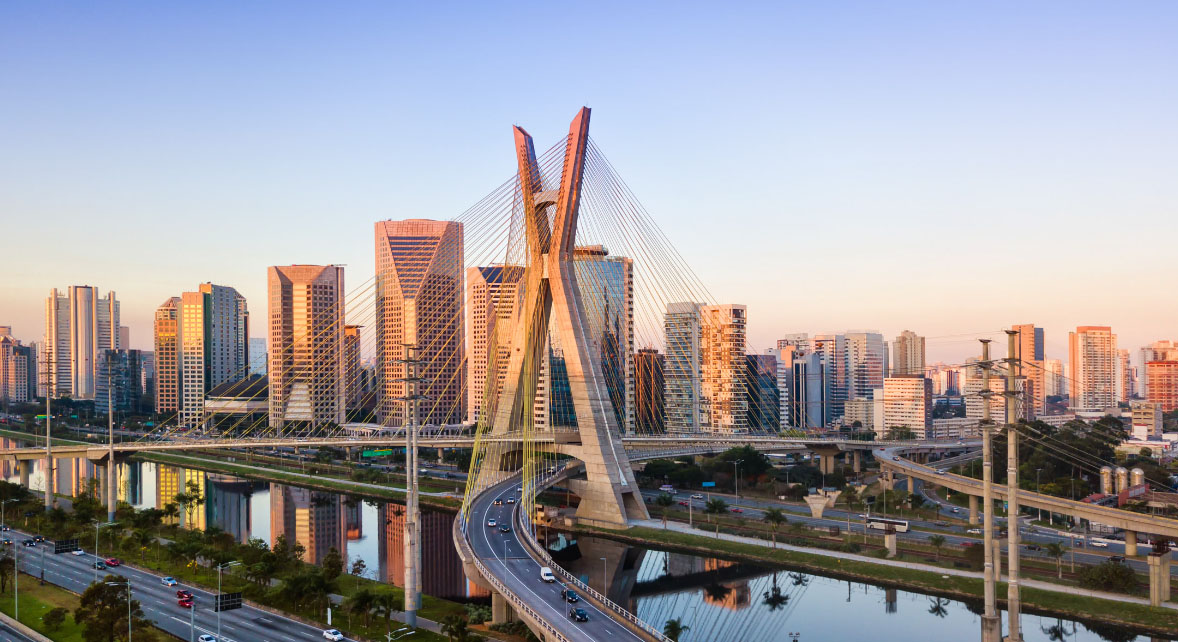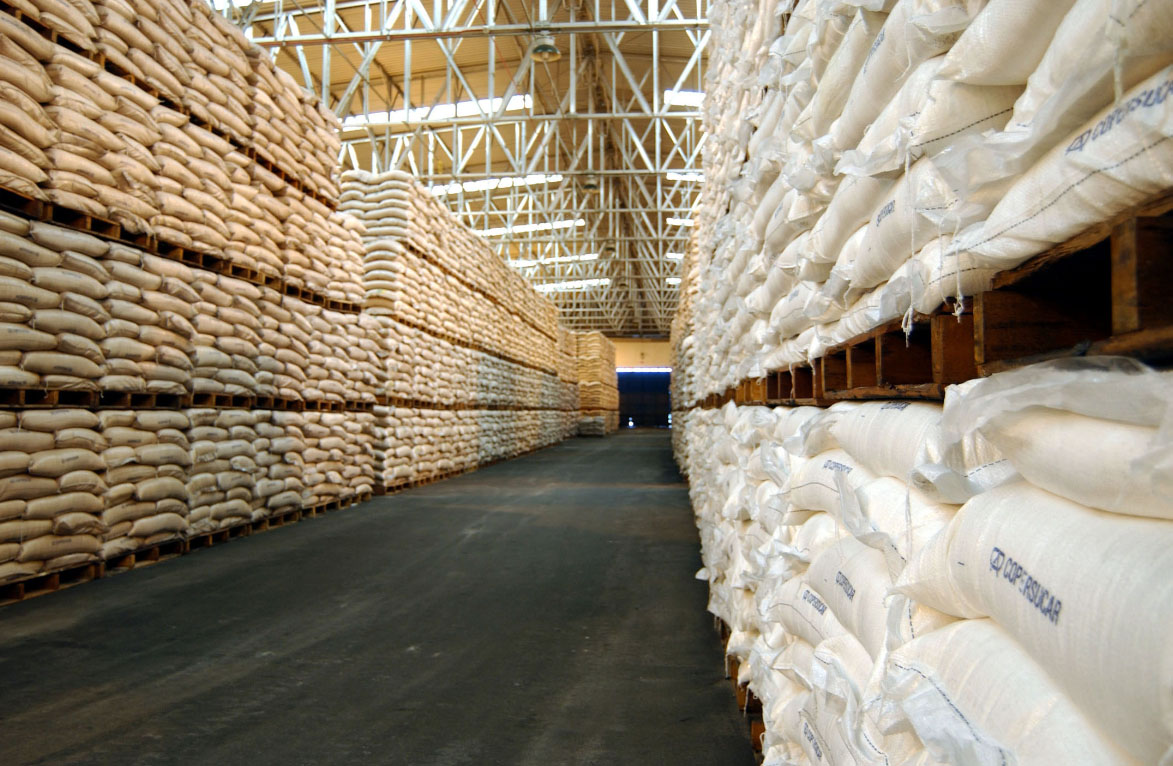Sugar holds
a special place in the hearts and kitchens of Brazilians, enriching their
culinary heritage and cultural traditions. This sweet journey has deep
historical roots and continues to play a vital role in shaping Brazil’s
identity. In this blog post, we’ll delve into the cultural significance of
sugar in Brazil, tracing its history, impact, and enduring presence in the
Brazilian way of life.
Historical
Roots
The story
of sugar in Brazil begins during the colonial era when Portuguese explorers
introduced sugarcane to the country. Large sugarcane plantations were
established along the fertile coastal regions, marking the birth of Brazil’s
sugar industry. This historical legacy laid the foundation for the country’s
enduring relationship with sugar.
Cultural
Festivals
Brazil is
renowned for its vibrant cultural festivals, and sugar often takes center
stage. During festivals like Carnival, street vendors sell sweet treats like
brigadeiros (chocolate truffles) and beijinhos (coconut kisses), which are made
with condensed milk and sugar. These delectable sweets are an integral part of
the festive spirit and are enjoyed by both locals and visitors alike.
Culinary
Traditions
Sugar is a
fundamental ingredient in many Brazilian dishes, both savory and sweet. In the
culinary world, it’s used to create iconic Brazilian desserts such as quindim
(a custard made with sugar, egg yolks, and coconut) and canjica (a sweet,
creamy hominy pudding). Additionally, sugar is a key component of the famous
Brazilian barbecue marinades, adding a hint of sweetness to savory meats.
Coffee
Culture
Brazil is
synonymous with coffee, and sugar is an essential companion to this beloved
beverage. Brazilians have a strong coffee culture, and sugar plays a vital role
in sweetening coffee to taste. The pairing of coffee and sugar is a daily
ritual for many Brazilians, reflecting the synergy between two of the country’s
most cherished flavors.
Ethnic
Diversity
Brazil’s
rich ethnic diversity has influenced its culinary traditions. African,
Indigenous, and Portuguese culinary influences have all contributed to the
country’s love affair with sugar. This fusion of cultures is evident in dishes
like acarajé (deep-fried black-eyed pea fritters) and cocada (a coconut and
sugar confection).
Fruit and
Sugar
Brazil is
blessed with an abundance of tropical fruits, many of which are naturally
sweet. The combination of these fruits with sugar results in delightful desserts
and beverages, such as the famous caipirinha cocktail made with lime, sugar,
and cachaça (a sugarcane spirit).
Conclusion
Sugar in
Brazilian culture is more than just a sweetener; it’s a thread that weaves
through the nation’s history, traditions, and culinary heritage. From the
colonial era to modern celebrations, sugar has remained a cherished ingredient,
adding sweetness to both daily life and special occasions. Whether it’s in the
form of traditional sweets, savory dishes, or coffee rituals, sugar’s cultural
significance in Brazil is a testament to its enduring role in shaping the
nation’s identity.

